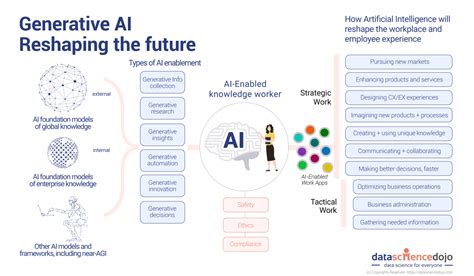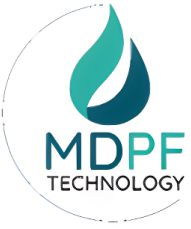How Generative AI Is Revolutionizing the NFT Landscape
The world of non-fungible tokens (NFTs) has become a hotbed of innovation in recent years, with artists, musicians, and collectors clamoring for unique digital collectibles. But there’s one technology that’s quietly disrupting the landscape—generative AI. From creating new styles of art to generating complex patterns of sound, generative AI is revolutionizing the way NFTs are created, traded, and used.
What is Generative AI?
Generative AI refers to a class of machine learning algorithms that can generate new data, images, music, or text based on patterns and styles learned from existing datasets. These models use complex neural networks to analyze massive amounts of data, identify patterns, and recreate them in new ways. In the context of NFTs, generative AI is used to create unique, one-of-a-kind digital art that is not simply a copy of an existing work.
How is generative AI revolutionizing the NFT market?
- New forms of art: Generative AI allows artists to experiment with new styles and techniques in ways that were previously thought impossible. By analyzing massive amounts of data, generative AI can create entirely new forms of art that were previously unthinkable.
- Greater variety: Traditional forms of art are limited by the number of unique works that can be created within a given time frame. Generative AI gives artists greater flexibility to create an infinite number of diverse and complex works of art without exhausting creative resources.
- New Business Models: The rise of generative AI has enabled new business models for NFTs, such as the creation of “generative” NFTs that are auctioned off or licensed for use by artists. This is changing the way we think about ownership and value in the digital world.
- Increased Authenticity: Generative AI can create unique works of art that are indistinguishable from human-made originals but still have some level of authenticity. This has raised questions about the nature of ownership and authorship in NFTs.
Examples of Generative AI in Action
- DALL-E: A popular generative AI model used by artists to create new paintings based on input. The results can be astonishingly realistic, with some examples selling for thousands of dollars.
- Artbreeder: An online platform that allows users to combine different elements of artistic styles and create new, unique works. Users can also enter contests and showcase their creations on the platform.
- GANbreeder: A generative AI model used by music producers to create unique sounds and patterns.
The Future of NFTs with Generative AI
As generative AI continues to advance, we can expect to see even more exciting applications of this technology in the world of NFTs. Here are some potential trends to watch:
- More complex forms of art: Generative AI is capable of creating intricate patterns and textures that would be difficult or impossible for humans to create using traditional forms of art.
- Increased collaboration: As generative AI becomes more accessible, we will likely see more collaboration between artists, musicians, and technologists to create new and innovative works of art.
- New Business Models: The rise of generative AI is already disrupting traditional business models for NFTs, with some artists and collectors using AI-generated NFTs as a way to increase their value and scarcity.
Conclusion

Generative AI is revolutionizing the world of NFTs, enabling new forms of art, increasing diversity, opening up new business models, and raising questions about authenticity and ownership. As this technology evolves, we can expect to find even more exciting applications in the future.
